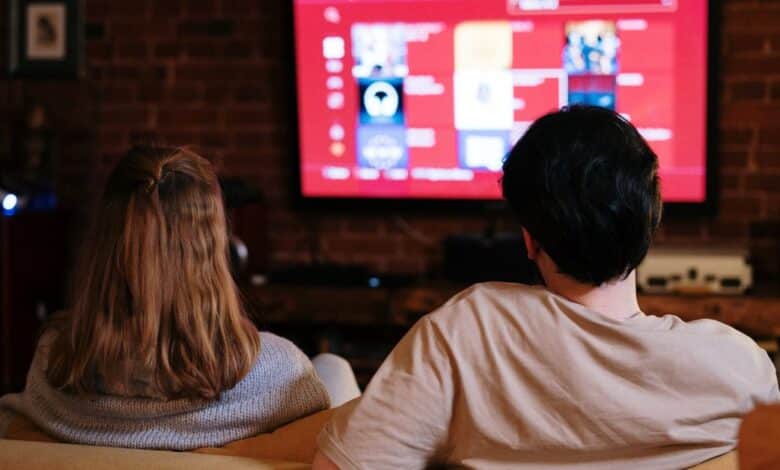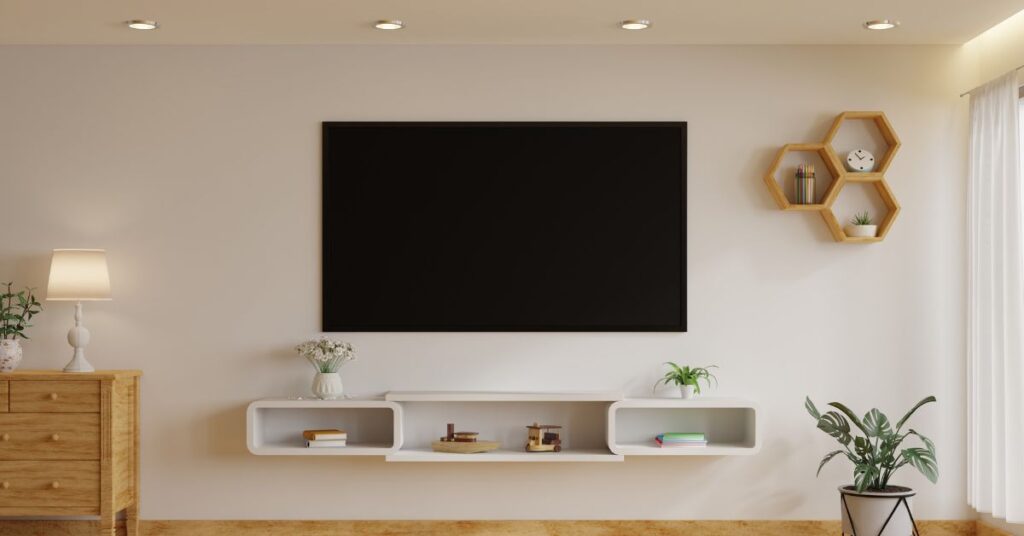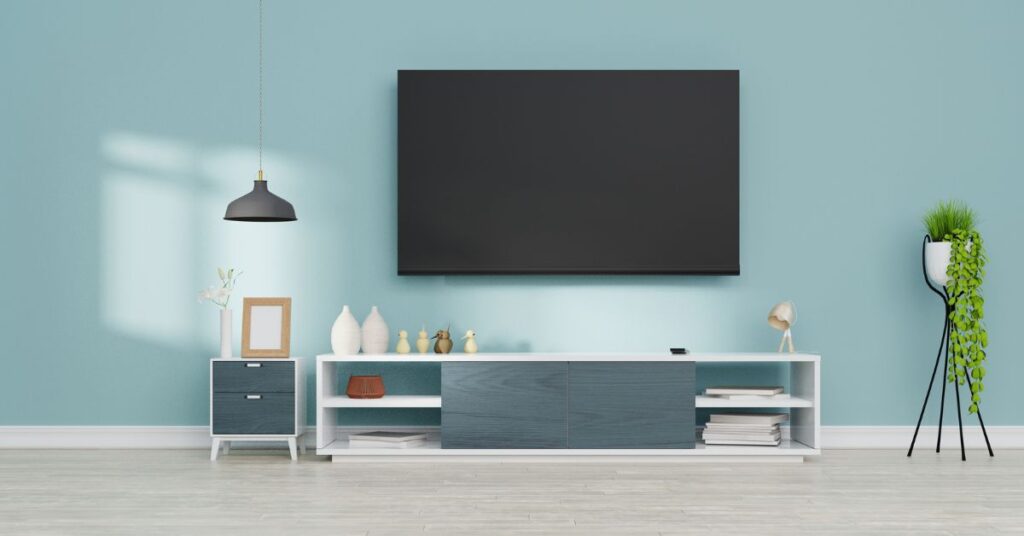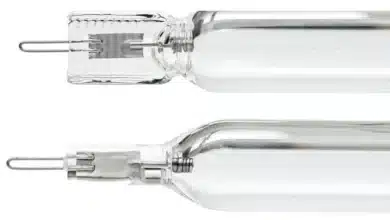Connecting Roku to Old TVs Without HDMI: Your Ultimate Guide

In the fast-paced world of digital entertainment, Roku has emerged as a beacon of convenience and diversity in streaming services. With a vast array of streaming platforms, apps, and features, Roku has revolutionized the way we consume content. However, there’s a challenge that many Roku enthusiasts face – connecting Roku to old TVs that lack HDMI ports.
In this comprehensive guide, we will delve into the intricacies of using Roku with those vintage television sets that have served us well for decades but lack the modern HDMI connectivity. We’ll explore the solutions, advantages, and limitations of various methods, ensuring that you can enjoy the full potential of Roku even with your cherished old TV.
So, whether you have an old TV tucked away in your attic or still holding pride of place in your living room, this guide will equip you with the knowledge and expertise to bring Roku into your entertainment equation seamlessly. Let’s embark on this journey to make your old TV smart and connected, using Roku as the conduit to a world of digital entertainment.
Understanding Roku and HDMI
Before we dive into the methods of connecting Roku to old TVs without HDMI, it’s essential to understand why this challenge exists. Roku, like many modern streaming devices, primarily relies on HDMI connectors. This standard allows for high-definition audio and video transmission, making it the go-to choice for connecting devices to your TV. Most Roku models, including the Roku Streaming Stick 4K, Roku Express 4K, and Roku Ultra, use HDMI connectors.
However, old TVs, particularly those manufactured before HDMI became the norm, lack this port. They might have composite or component ports instead. This discrepancy in technology is what we need to bridge to enjoy Roku’s benefits on older TVs.
HDMI-to-Composite Converter

The first method we’ll explore is the use of an HDMI-to-composite converter. Many older TVs come equipped with composite AV connectors, also known as RCA ports. These ports are recognizable by their grouping of three jacks: one yellow, one white, and one red. To connect Roku to a TV with these ports, you’ll need an HDMI-to-composite converter.
Choosing the Right Converter: When selecting an HDMI-to-composite converter, ensure it is compatible with your Roku model and old TV.
Plugging Roku into the Converter: Connect your Roku device to the HDMI input of the converter.
Connecting the Converter to the TV: Attach the converter to the TV using the composite AV connectors, matching the colors correctly.
Power Source for Roku: Remember, the HDMI port doesn’t supply power to your Roku. Plug the USB cord (or DC power adapter for some Roku models) into an outlet using the included AC adapter or, if that’s not available, use any powered USB port.
The HDMI-to-composite converter offers a practical solution for connecting Roku to your old TV without HDMI. However, it’s essential to be aware of some limitations, particularly in terms of video quality, as composite connections may not support the same level of detail as HDMI.
HDMI-to-Component Converter
If your old TV has component ports instead of HDMI, the HDMI-to-component converter is the solution you need. Component ports look similar to composite, but there are five of them, typically colored green, blue, red, and white. These ports can’t accept direct HDMI connections, but you can bridge the gap with the HDMI-to-component converter.
Selecting the Appropriate Converter: Choose an HDMI-to-component converter compatible with your Roku model and old TV.
Plugging Roku into the Converter: Connect your Roku device to the HDMI input of the converter.
Connecting the Converter to the TV: Attach the converter to the TV using the component cables, ensuring the colors match appropriately.
Powering Roku: As with the previous method, ensure your Roku device is powered via the included USB cord or DC power adapter connected to a power source.
The HDMI-to-component converter is a valuable solution for those with old TVs featuring component ports. It allows you to enjoy Roku’s streaming capabilities without the need for an HDMI port on your TV. However, like the HDMI-to-composite converter, it’s important to understand its limitations and benefits.
Roku Express Plus 2018
Back in 2018, Roku introduced a unique solution to the challenge of connecting to older TVs. They released the Roku Express Plus 2018 model, which comes equipped with composite cables. This model stands out as the only Roku that can directly connect to both HDMI ports and your TV’s composite ports.
While the Roku Express Plus 2018 offers the convenience of connecting Roku to your old TV without the need for a converter, it’s important to be aware of its unique features and limitations.
Features and Compatibility: The Roku Express Plus 2018 is designed to cater to both HDMI and composite connections, making it versatile for older TVs.
Availability and Considerations: Although this model may still be available for purchase, it’s essential to consider its features, performance, and pricing compared to newer Roku models.
The Roku Express Plus 2018 provides a direct solution to the HDMI challenge, allowing you to connect Roku without a converter. However, it’s crucial to weigh its performance and features against newer Roku models to make an informed choice.
Comparing the Options

Now that we’ve explored three different methods of connecting Roku to old TVs without HDMI, let’s compare these options to help you make an informed decision.
Performance: Consider the performance and video quality of each method. HDMI connections typically offer higher quality, while the composite and component connections may have limitations.
Features: Evaluate the features and capabilities of your Roku model and how they align with your streaming needs.
Pricing: Compare the pricing of Roku models and converters to ensure you’re making a cost-effective choice.
Convenience: Consider the convenience of each method. While the Roku Express Plus 2018 offers a direct connection, the converters may require additional setup.
Availability: Check the availability of the Roku Express Plus 2018 and converters to ensure you can acquire the necessary equipment.
By comparing these factors, you can choose the method that best suits your specific requirements and budget.
Frequently Asked Questions
Now that we’ve delved into the methods and solutions for connecting Roku to old TVs without HDMI ports, it’s time to address some common questions and concerns that readers often have regarding this process.
Can you connect Roku to a TV with USB?
– It’s a frequently asked question, but the USB port on your Roku can’t replace an HDMI connection. The USB port primarily supplies power to your Roku and doesn’t transmit video or audio. Even if you plug it into a USB port on your TV, it won’t work without an HDMI connection or one of the alternatives discussed above.
How does Roku setup work for non-HDMI TVs?
– Setting up Roku on a non-HDMI TV typically involves using one of the methods discussed earlier. It’s essential to follow the specific instructions for your chosen method to ensure a successful setup.
What are the streaming options for older televisions?
– In addition to Roku, there are other streaming options for older TVs, such as Amazon Fire TV Stick, Chromecast, and Smart TV boxes. Each of these devices may have its own requirements for connectivity, so it’s important to research the compatibility with your TV.
Can I use both Roku and Firestick on one TV?
– Yes, you can use both Roku and Firestick on one TV. This can be particularly useful if you have a variety of streaming preferences or need additional features like Bluetooth connectivity for audio.
By addressing these common questions, we aim to provide readers with a more comprehensive understanding of the options and solutions available for connecting Roku to older TVs.
Conclusion
In this ultimate guide, we’ve explored the challenges and solutions for connecting Roku to old TVs lacking HDMI ports. Whether you have a vintage television set tucked away in your home or still in use, Roku can bridge the gap and bring a world of digital entertainment to your fingertips.
We’ve discussed the use of HDMI-to-composite converters and HDMI-to-component converters, offering step-by-step guidance on how to make these connections. Additionally, we introduced the Roku Express Plus 2018, a unique model designed to cater to both HDMI and composite connections, providing an alternative for those seeking a direct solution.
It’s important to remember that each method comes with its own set of advantages and limitations. The choice ultimately depends on your specific needs, the features you require, and your budget.
While composite and component connections may have limitations in terms of video quality compared to HDMI, they still provide access to a vast array of streaming content. By understanding the options available, you can make an informed decision and enhance your entertainment experience.
Further Recommendations
As you embark on the journey to make your old TV smarter with Roku, we’d like to offer some further recommendations to enhance your streaming experience:
Explore Streaming Services: Once your Roku is connected, explore a wide range of streaming services and apps to find your favorite content. Platforms like Netflix, Hulu, YouTube, and many more are just a few clicks away.
Check for Roku Updates: Periodically check for software updates on your Roku device to ensure you have access to the latest features and improvements.
Consider Audio Options: If your old TV lacks advanced audio features, consider adding external speakers or a soundbar to enhance your audio experience while streaming.
Optimize Your Network: A stable internet connection is essential for smooth streaming. Ensure your Wi-Fi or Ethernet connection is robust to prevent buffering and interruptions.
Explore Additional Devices: While Roku is a fantastic choice, explore other streaming devices like Amazon Fire TV Stick, Chromecast, or Smart TV boxes to find the one that best suits your needs.
Closing Thoughts
Roku has transformed the way we consume digital entertainment, and with the right setup, it can breathe new life into your old TV. Whether you choose an HDMI-to-composite converter, an HDMI-to-component converter, or the Roku Express Plus 2018, your vintage television can become a gateway to endless streaming possibilities.
As you navigate the world of streaming, remember that the limitations of older TVs can be overcome, and you can enjoy your favorite shows, movies, and content seamlessly. Roku’s adaptability and the variety of connection options ensure that your old TV can keep up with the ever-evolving landscape of digital entertainment.
By understanding the solutions available and considering your individual preferences, you can transform your old TV into a modern entertainment hub, ready to deliver the latest content at your convenience.
This guide has aimed to equip you with the knowledge and confidence to make the most of your Roku device and your cherished old TV, offering a blend of nostalgia and modernity in one. Embrace the convenience of streaming and make the most of your entertainment experience, no matter the age of your TV.




